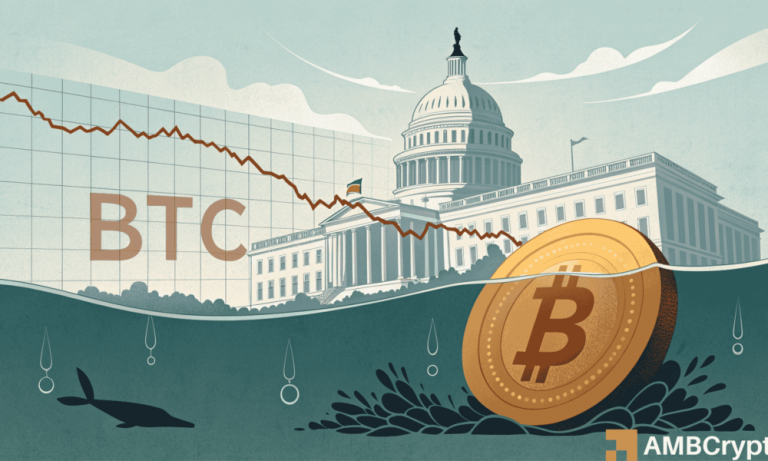
The Crypto Market in Turmoil: 2025 vs. 2022
The cryptocurrency market has once again faced significant upheaval, with the November 2025 crash erasing over $1.3 trillion in value. Bitcoin witnessed a sharp drop from $126,000 to under $85,000 within weeks. But how does this market correction compare to the infamous FTX-driven collapse of 2022? Let’s dive into the numbers and what it means for the future of digital assets.
A Massive Correction, or Systemic Failure?
On paper, the 2025 crash is severe, with Bitcoin shedding 32% of its value and Ethereum facing a 40% drop during a market-wide sell-off. The crypto market cap plummeted from $4.2 trillion in October to under $3 trillion in November 2025. However, analysts agree that this crash is more of a sharp correction rather than a deep systemic crisis.
In stark contrast, the 2022 crypto meltdown saw losses that were far more extensive. After the implosion of FTX, the market dipped an alarming 73% from its 2021 highs. Bitcoin hit lows of $15,500, while Ethereum fell below $900, reflecting over 80% declines in value. Alongside the price drops, FTX’s collapse set off a domino effect with mass bankruptcies, frozen funds, and widespread panic in the industry.
Record Liquidations Amid Resilience
October 2025 saw over $19 billion wiped out in leveraged crypto positions on a single day—a record high. Despite this, the impact was largely confined to price volatility, without triggering insolvencies like those seen in 2022. Back then, failures of platforms like Celsius and Voyager compounded the crisis, leaving both retail and institutional investors in disarray.
Remarkably, 2025 avoided such systemic fallout. There have been no major bankruptcies or platform freezes, even as ETFs faced outflows of over $3.7 billion during the crash. Companies like MicroStrategy, known for their substantial Bitcoin holdings, even increased their positions, signaling confidence in the market’s recovery.
Market Sentiment and Recovery Signs
Fear dominated both periods, but the 2022 collapse had a deeper, long-lasting impact on trust. Unlike the shockwaves caused by FTX’s bankruptcy, where billions of customer assets vanished, the 2025 correction has seen a more measured reaction. Investors have scaled back but remained engaged, with institutional players such as hedge funds continuing to hedge their portfolios rather than exiting entirely.
What Lies Ahead?
Although the November 2025 sell-off highlights heightened market volatility, it has also showcased the crypto market’s growing maturity. The infrastructure and mechanisms in place today have made it possible for the market to absorb such shocks without descending into systemic chaos.
For those looking to stay involved in the space, now is a critical time to revisit investment strategies. Products like Ledger Nano X hardware wallets ensure secure storage of digital assets, providing peace of mind in turbulent times.
Ultimately, while the 2025 crash may be painful, it’s far from the foundational crisis of 2022. Instead, it represents a high-stakes correction that could pave the way for future growth in the ever-evolving crypto market.
Final Thoughts
Both the 2025 and 2022 crashes remind investors of the risks inherent in the crypto industry. However, the structural resilience displayed in 2025 indicates that the market is better equipped today to weather storms. For savvy investors, this could be an opportunity to capitalize on the next phase of growth as the market begins its recovery.



